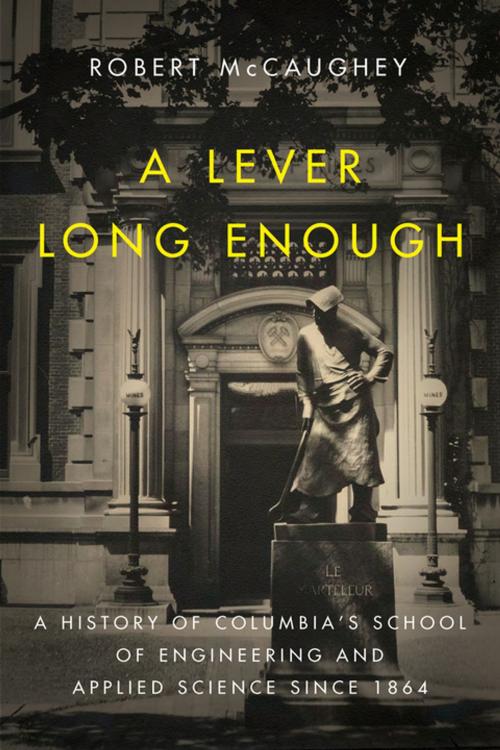A Lever Long Enough
A History of Columbia's School of Engineering and Applied Science Since 1864
Nonfiction, Science & Nature, Technology, Engineering, History, Americas, United States| Author: | Robert McCaughey | ISBN: | 9780231537520 |
| Publisher: | Columbia University Press | Publication: | June 3, 2014 |
| Imprint: | Columbia University Press | Language: | English |
| Author: | Robert McCaughey |
| ISBN: | 9780231537520 |
| Publisher: | Columbia University Press |
| Publication: | June 3, 2014 |
| Imprint: | Columbia University Press |
| Language: | English |
In this comprehensive social history of Columbia University's School of Engineering and Applied Science (SEAS), Robert McCaughey combines archival research with oral testimony and contemporary interviews to build a critical and celebratory portrait of one of the oldest engineering schools in the United States.
McCaughey follows the evolving, occasionally rocky, and now integrated relationship between SEAS's engineers and the rest of the Columbia University student body, faculty, and administration. He also revisits the interaction between the SEAS staff and the inhabitants and institutions of the City of New York, where the school has resided since its founding in 1864. McCaughey compares the historical struggles and achievements of the school's engineers with their present-day battles and accomplishments, and he contrasts their teaching and research approaches with those of their peers at other free-standing and Ivy League engineering schools. What begins as a localized history of a school striving to define itself within a university known for its strengths in the humanities and the social sciences becomes a wider story of the transformation of the applied sciences into a critical component of American technology and education.
In this comprehensive social history of Columbia University's School of Engineering and Applied Science (SEAS), Robert McCaughey combines archival research with oral testimony and contemporary interviews to build a critical and celebratory portrait of one of the oldest engineering schools in the United States.
McCaughey follows the evolving, occasionally rocky, and now integrated relationship between SEAS's engineers and the rest of the Columbia University student body, faculty, and administration. He also revisits the interaction between the SEAS staff and the inhabitants and institutions of the City of New York, where the school has resided since its founding in 1864. McCaughey compares the historical struggles and achievements of the school's engineers with their present-day battles and accomplishments, and he contrasts their teaching and research approaches with those of their peers at other free-standing and Ivy League engineering schools. What begins as a localized history of a school striving to define itself within a university known for its strengths in the humanities and the social sciences becomes a wider story of the transformation of the applied sciences into a critical component of American technology and education.















